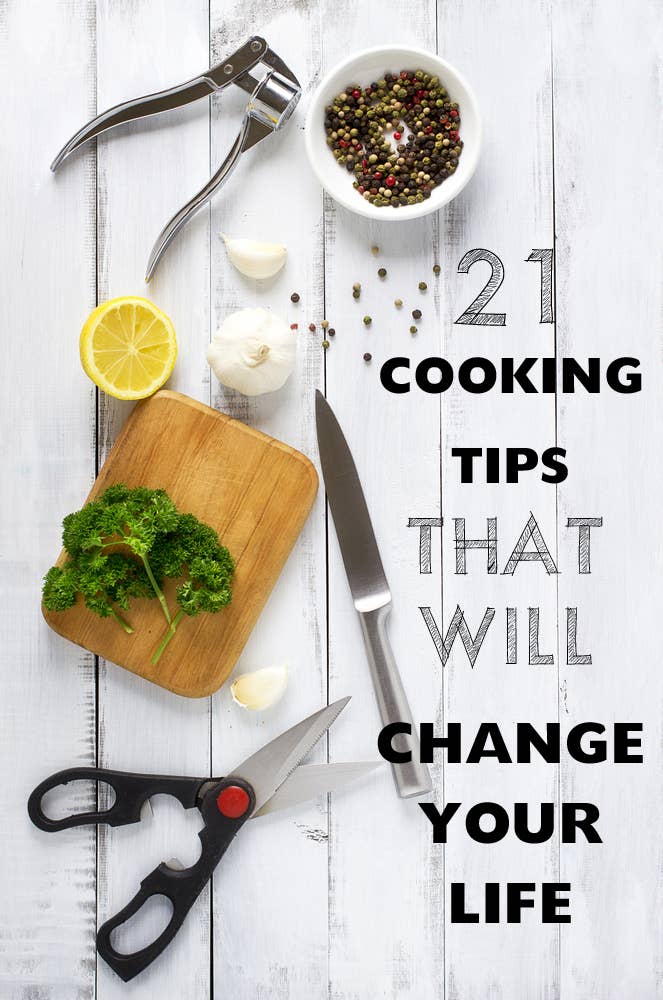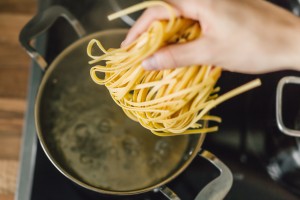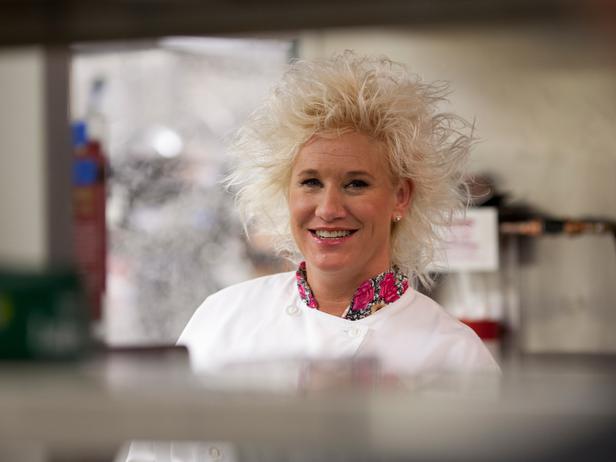
In my last article, I discussed the importance of cooking skills 101, and how Chef de Cuisine Joey Delago's class explains each task and its associated skill. I covered the application of various task-based categories of cooking skills, such as activating yeast and making stock. These skills are vital for any cook and a list will help you decide which ones you should learn. I will be discussing some of the skills that you should have before you can embark on the next step in your culinary journey.
Chef de Cuisine Joey DeLago's cooking skills 101 class
Chef de Cuisine Joey DeLago's 101 class on cooking skills can teach you everything you need to know to make a great meal. This hands-on class covers the essential culinary skills that you need to prepare a multi-course meal. Joey will be sharing tips and tricks about planning, timing, presentation, prepping, and timing. Plus, you will be able to share the finished meal with other home-cooks!
Cooking skills that are task-oriented
The Food Agency defines cooking skills to be a set knowledge, skills, or practices that help you eat a nutritious diet. The framework recognizes that there are many obstacles to healthy eating habits. However, it focuses on improving food skills through the identification of appropriate measures. These measures should be easy-to-understand, can relate to other domains, be applicable across many sociodemographic levels. These four categories were created to address the most pressing issues in food skills.

Activating yeast
You will need to know how activate yeast if you want to use it in your cooking. To activate yeast you can warm tap water and run a bit of hot water through. You may need to add sugar to some yeast cases. Here are some suggestions to help you activate your yeast. Once your yeast is bubbly, it's ready to be used. It is essential to activate yeast during cooking for baking success.
Stocktaking
Stocks can add flavor to your meals and provide depth to the dish. Stocks can be homemade using the flavors of vegetables, fish, and meat. Although you can use bottled water for making your stock, you might prefer to use the store-bought filtered water. There are many stock recipe options, but it is important to know the basics to ensure your stock tastes as good as possible.
Making whipped cream
Whipping cream can be used to decorate cakes and other desserts. Although it's simple to make, there are a few things you should keep in mind when making this classic dessert. While it looks like slightly melted ice cream, it's not. Instead of a loose consistency, whip cream should have a fluffy, slightly curled peak that sticks with the whisk and doesn’t dissolve immediately. Soft peaks can be achieved by beating the cream with an electric whisk until it retains its shape.

Melting chocolate
It is essential to learn how to melt and create delicious desserts. It is not an easy task. These tips will help you to get the job done quickly with minimal mess. You must first know the right technique. There are two ways to melt your chocolate. Double boiler means a heatproof pot or pan that has a glass, stainless steel or ceramic bottom. It is placed over a saucepan of simmering boiling water. You should use this method slowly and avoid letting the water splash into your bowl.
FAQ
How Much Does it Cost to Learn Culinary Arts Skills?
The price of studying culinary arts varies widely. A four-year degree usually costs around $40,000. On the other hand, a two-year associate's degree may cost less than $5,000. The type of program you choose will determine the tuition rates. The prices charged by private institutions are generally higher than the public.
Do I have to buy ingredients in order to cook?
There is no need to purchase all the ingredients. Most grocery stores sell premade sauces and other items you can use as substitutes. If you are looking to save money, premade meals may be a good option.
What should a beginning cook learn first?
An easy dish to start with is pasta, rice, or soup. For those who want to learn how cook, a recipe book is a good option. Cooking can be fun when done with a partner. You can cook together as a family or with friends.
How do I learn about cooking and baking?
There are numerous cooking classes offered across the country. Many schools offer courses in baking, pastry, and wine tasting. You can learn more about how to cook by enrolling in a class at either a local vocational school or community college.
Which career path is best for someone who wants a career as a chef or chef? What are the best ways to start your career as a chef.
You should start as an apprentice if you are interested in becoming chef. Apprenticeships let you work for many years and pay no tuition fees. After your apprenticeship is completed, you can apply to be a sous chef. Sous chefs assist cooks with tasks such as making salads, and desserts. They also oversee the entire operation of the restaurant.
What are some basic cooking skills?
Basic cooking skills include being able to read and measure ingredients, prepare food safely, clean up after yourself, and cook. These skills are essential if you wish to cook well for yourself. Cooking is also a great way to save money since you don't have to eat out all the time.
How do I motivate to cook?
It's fun to cook for your friends and family. Cooking for yourself is much more enjoyable than cooking for others. If you want to be motivated to cook, try making something new. This will help you learn about new techniques and ingredients. To expand your culinary skills, you can also make use of recipes from other cultures.
Statistics
- In the United States, the category is estimated at $23.2 billion annually and is growing faster than the market. (washingtonpost.com)
- According to the BLS, chefs earn $58,740 a year. (learnhowtobecome.org)
- under 10 Kids have been taught that there is special food just for them, and Fiese says that 10 percent of kids will throw a tantrum if they don't get the food they want. (washingtonpost.com)
External Links
How To
How to make a perfect eggroll
Omelets is one of my favourite breakfast foods. But how do you make them perfectly? I have tried many different recipes and methods, but none of them work. So today, I want to share some tips and tricks with you so you can make your own delicious and fluffy omelets every morning.
First, eggs can be very temperamental ingredients for making omelets. It is important that eggs are fresh from an organic market and kept cool until used. You must keep them cool enough to allow the whites to form properly and the yolks to become too runny if they're not kept at the right temperature. Your omelets will look strangely colored if this happens. If you want to make omelets right away, it's best not to use eggs that are too cold.
You can also separate the egg before you add it to the pan. It is important not to allow any white to mix with the yolk as this could lead to the omelet becoming curdled.
The egg can burn if it is placed directly on the stovetop. Instead, microwave the egg for 10 seconds before adding it to the pan. The microwave heat is sufficient to cook the egg without overcooking.
Next, let's talk about mixing the eggs. Mix eggs well together. To do this, grab the bowl of the mixer and turn it upside down. Now shake the bowl vigorously. The egg will be thoroughly mixed in the bowl as the air is whipped.
Now it's time to have fun: pour the milk into the mixture. Fold the eggs in the milk mixture by first pouring half of it into the egg whites. You don't need to worry if streaks remain. They will disappear once you flip your omelet.
After you have done folding the eggs, heat the pan on medium heat. The oil will start to smoke. Once the oil has gotten hot, add 1/4 cup of butter and swirl it around so that the entire pan is coated. Next, carefully open the lid and sprinkle salt into your pan. An additional pinch of salt will prevent the omelet form sticking to your pan.
Once the omelet forms, cover the pan again. Let the top side set completely. Flip the omelet upside down or with a spatula. Cook the second side for a minute or so. Remove the omelet from the pan and serve immediately.
This recipe works best when you use whole milk.